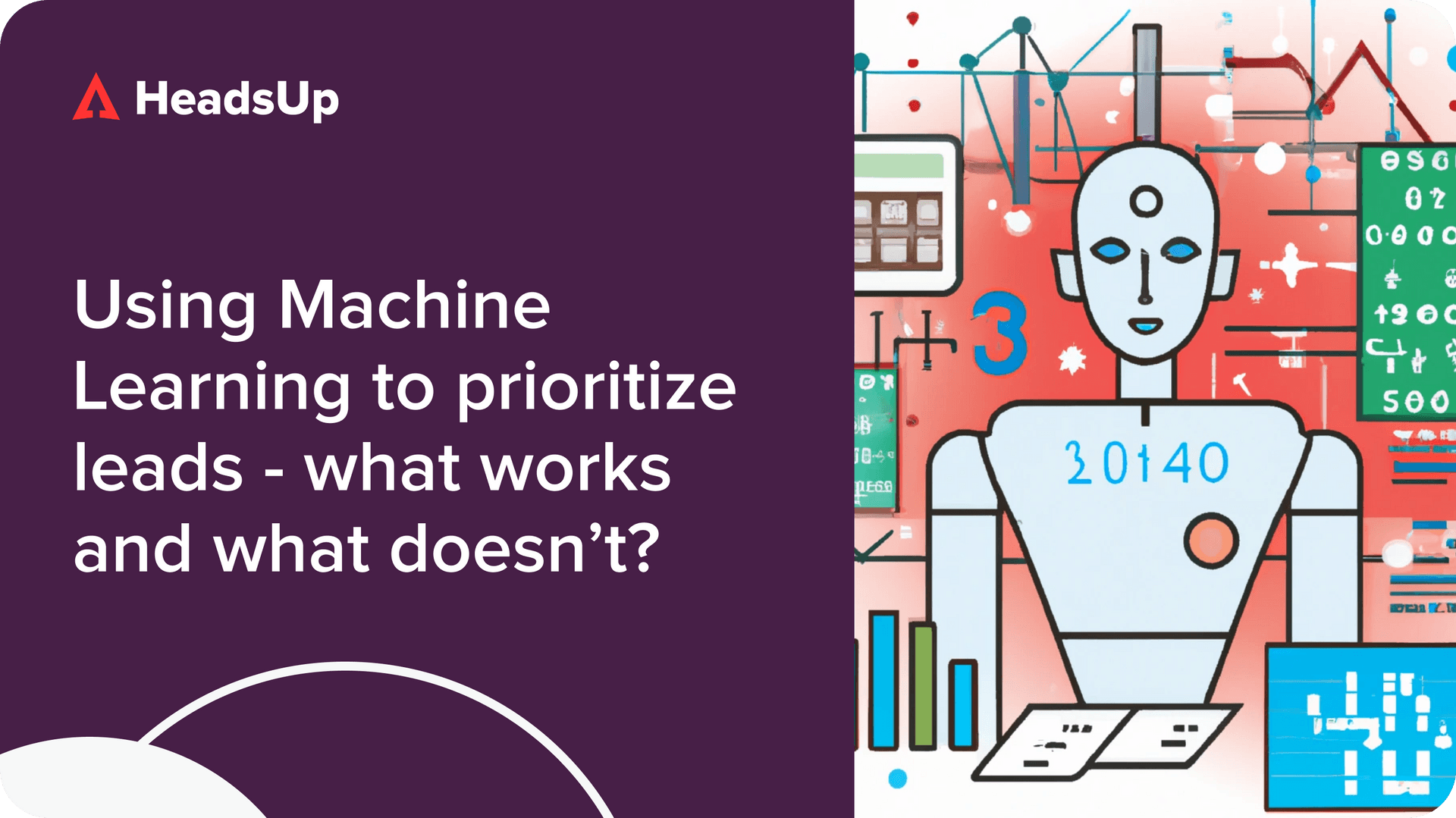With over 10 million users, the team behind Jotform knows a thing or two about acquiring (and retaining) customers.
The global brand helps users from a broad range of industries to optimize their businesses with easy-to-use, no-code digital form creation tools.
Despite being 100% bootstrapped, the product-first company supports some of the biggest names in business — from Adobe to Viacom.
Founded in 2006, Jotform celebrated its one billionth form submission in January 2022. It’s a milestone that signals the Jotform team is certainly doing something right.
Bulut Akışık, Jotform’s Vice President of Growth, joined us for a candid conversation about the company’s success.
He believes that many PLG businesses make the same mistake: underinvesting in understanding the customer’s journey.
Product-first doesn’t mean product only
Just because a company uses a product-first approach does not mean developers should design in a vacuum.
According to Bulut, too often, startups with a freemium business model get caught up in their product ideas and forget to develop tools with specific users at the core.
If you aren’t starting with a user need, how can you know your product has a place in the market?
This is the biggest pitfall that I see in many organizations. They build a product with no actual problem at the core.
Bulut Akışık, VP of Growth, Jotform
Successful PLG businesses rely on the idea that the product or service provided is so valuable that it sells itself. But many fail to ask the obvious before diving into product development:
- Do people want what we plan to produce?
- Is there an actual need for our service?
- What problem does our product solve, and how is it different from other SaaS companies already in the market?
Understand customer needs and be present at every stage
Step one for developing a SaaS product is to first understand the user.
Whether you’re selling headphones or enterprise-level SaaS solutions, the process is the same, says Bulut.
Bulut presents a hypothetical scenario as an exercise in customer journey mapping:
Meet Steve.
Steve wakes up one morning with pains in his feet. He does some research online to understand the cause of his pain. As he reads, he learns that some footwear provides better support than others.
Steve mentions his problem to some friends who share their experiences. Steve comes to the conclusion that if he buys new shoes, his foot pain will go away.
Next, he starts to research specific brands. Only then does he decide to purchase a pair of Nike Air Max shoes.
Steve didn’t wake up one day and decide to purchase a new pair of Nike’s. Instead, he woke up and encountered a new problem. He looked for solutions. He consulted friends. He decided on a specific strategy for solving his need, and only then did he begin to shop for a particular product.
Bulut explains that by understanding the parts of a user’s journey, product developers, marketers and sales directors can develop perfect products that solve customers’ needs and perfect messaging to make the sale.
You cannot sell anything without understanding what the user is looking for.
Bulut Akışık, VP of Growth, Jotform
Once you understand your customer’s journey, you’re able to develop a strategy that ensures your brand has a presence at every step along the way.
Tread carefully when implementing change
With so many users, Jotform faces a challenge that becomes increasingly relevant to PLG companies as they scale: When implementing changes and new features, how do we appeal to potential customers while keeping current users happy?
Adding features and functions must satisfy current users but also must keep in mind the emerging needs to stay relevant.
Few SaaS companies support a single industry. Jotform is no exception — it provides services to businesses from healthcare to arts and entertainment.
Jotform’s diverse portfolio of companies means that not only does it use multiple customer journey maps, it also needs to satisfy all of its use cases when making changes.
The company must ensure it doesn’t alienate specific customer categories by eliminating or changing its tools. For Jotform, change comes with an inherent amount of risk.
The company relies heavily on A/B testing as a strategy to ensure that change doesn’t disrupt the needs of its broad user base.
A/B tests are one of our most important weapons.
Bulut Akışık, VP of Growth, Jotform
Bulut and his team are particularly mindful not to disturb the company’s strong self-service business line. When the development team is looking to make a change, or Bulut and his team want to try a new growth strategy, the company builds an A/B test to ensure that they’re making the right decision before taking the plunge.
Jotform is careful to tread lightly when testing. Bulut knows any detour from the customer’s journey could lead users to cancel.
Even when rolling out upgrades, the focus remains on understanding the customer.
For more advice from top PLG leaders, check out the Product Led Sales blog.


